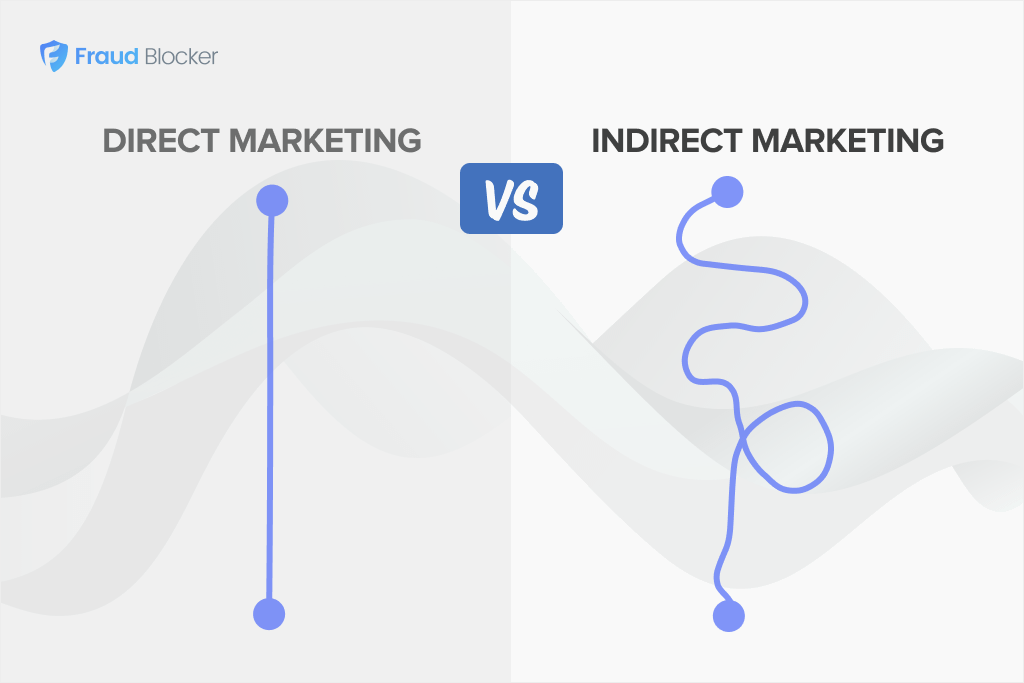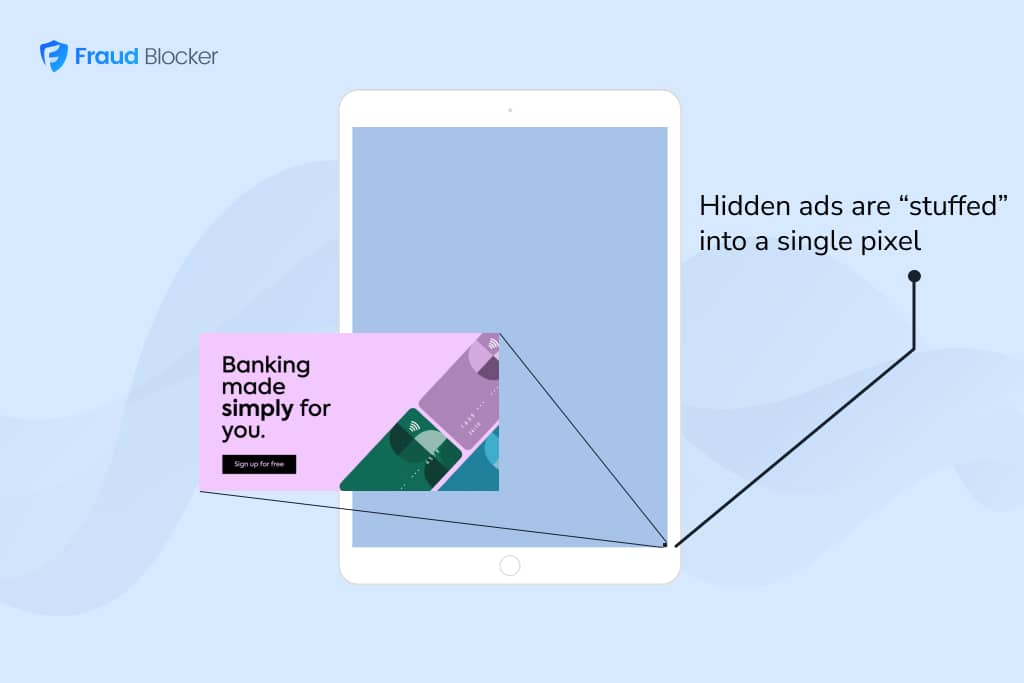
NEW New feature: Verify & block fake emails

We improve your ad performance by blocking click fraud and fake emails

Click fraud is costing advertisers billions in loses. Learn more here.

Click fraud is costing advertisers billions in loses. Learn more here.

As global spending on advertising continues to increase, ad fraud becomes even more prevalent. Businesses are forced to devote portions of their resources to compensate for bad traffic, metrics, charges, and waste. Pixel stuffing is one of the easiest types of ad fraud for cyber-criminals to execute against organizations that don’t have professional anti-fraud solutions in place. Protect your CPM, CPC/PPC, and CPL campaigns by learning how pixel stuffing works and what you can do to prevent it.
Pixel stuffing is placing ads, or an entire website, inside a tiny 1×1 pixel using an iframe that makes them invisible to the human eye.
A normal ad runs and impressions are counted for the legitimate ad, as well as all the ads stacked in the invisible pixel. Fraudsters receive compensation for those fake impressions, and they typically use bots to generate even more fraudulent impressions with the pixel-stuffed ads.
Pixel stuffing can be achieved in several ways, but the most common route starts with a fake website. The cybercriminals join an ad exchange to deliver and display ads. Then they load ads into a single pixel space on the website. Bots and viewers will generate impressions for the legitimate and illegitimate ads. The perpetrators will sell these marketing events to the ad exchange, and they’ll make money from each impression that’s served.
Pixel stuffing, among other forms of impression and click fraud, can cause huge issues for businesses. It starts with charges for impressions that are not visible or not clicked on my a real human. As long as the number of impressions and the cost per impression aren’t too high, those charges often aren’t noticeable by advertisers.
But what happens when those charges skew the overall cost of actual conversions? Advertisers will discontinue their ads when they appear unprofitable, and they might lose one of their best marketing channels. This misinformation within their marketing strategy can cause catastrophic damage and confusion.
Ad fraud can cause companies to hemorrhage ad spend, often derailed promotional efforts on otherwise legitimate ad channels. Sales targets are missed because they’re misinformed, and leads are lost because they aren’t distinguishable from masses of fakes.
Related: What is ad stacking? →
Unless you’re willing to monitor your ad activity around the clock manually, there’s not much you can do to detect pixel stuffing without advanced fraud detection software.
A comprehensive click fraud solution will automatically protect your campaigns from click fraud, malicious bots, ad stacking and other types of illicit fraud. They can adapt to the evolving threat landscape to maintain your protection over time. Using proprietary algorithms that eliminate the need for time-consuming manual quality checks, Fraud Blocker stops all kinds of ad fraud before it costs your business its advertising budget. Start today with a no-risk, 7-day free trial and see how we can help your business.


